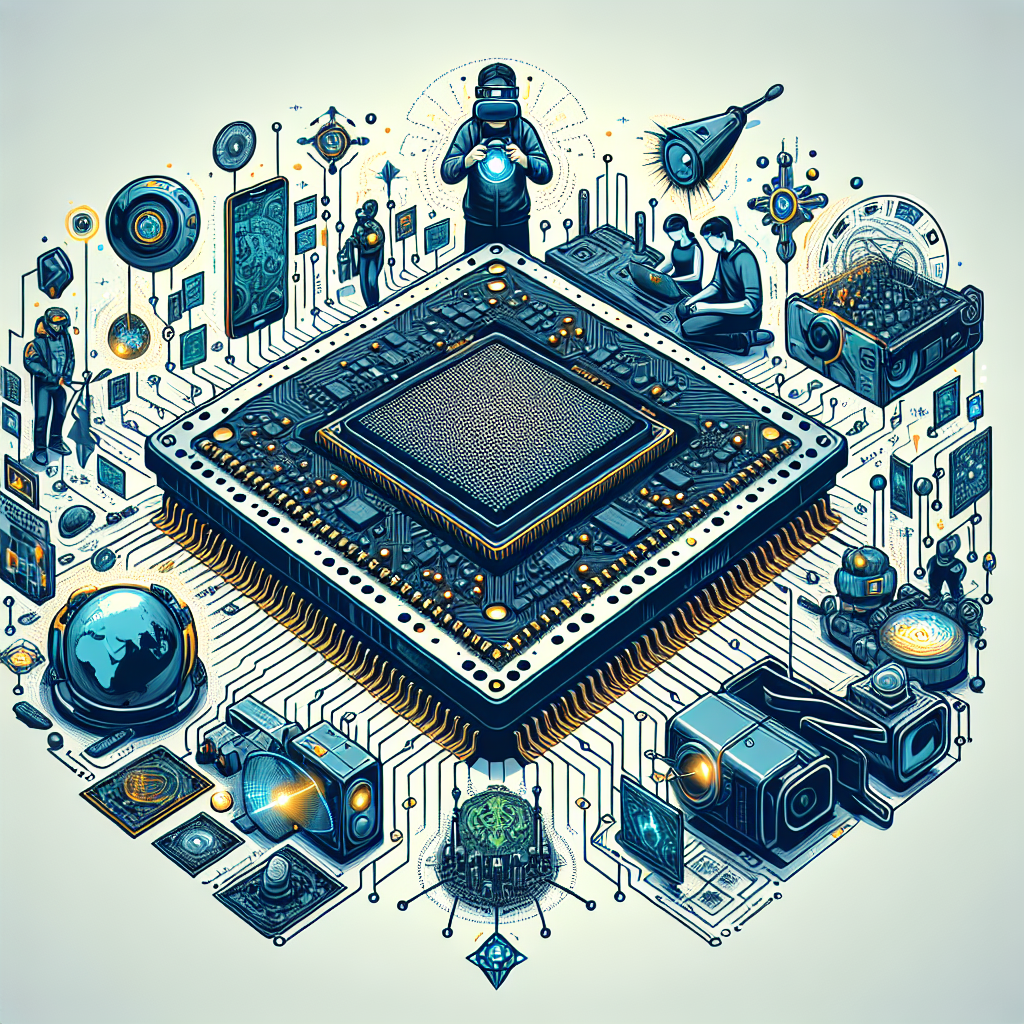Virtual reality (VR) and augmented reality (AR) are two rapidly growing technologies that are revolutionizing the way we interact with digital content. These immersive technologies have the potential to change the way we play games, learn, communicate, and even work. One of the key components that enable VR and AR to deliver a truly immersive experience is the Graphics Processing Unit (GPU).
GPUs play a crucial role in VR and AR applications by rendering high-quality graphics in real-time. These powerful processors are designed to handle complex 3D graphics and simulations, making them an essential component in creating realistic virtual environments. In VR applications, GPUs are responsible for rendering high-resolution images and tracking head movements to create a seamless and responsive experience for users.
In AR applications, GPUs play a similar role in rendering virtual objects and overlaying them onto the real world. This requires real-time processing of camera input and accurate tracking of the user’s movements and surroundings. GPUs are essential in creating a convincing and interactive AR experience that seamlessly integrates virtual elements with the physical world.
The demand for more powerful GPUs in VR and AR applications is driven by the increasing complexity of virtual environments and the need for higher levels of realism. As VR and AR technology continues to evolve, the demand for GPUs with improved performance and efficiency will only grow.
In recent years, GPU manufacturers have been developing specialized hardware and software solutions specifically tailored for VR and AR applications. These advancements have led to the development of GPUs with features such as VR-optimized drivers, low-latency rendering, and support for advanced graphics techniques like ray tracing.
In addition to delivering superior graphics performance, GPUs also play a critical role in enhancing the overall user experience in VR and AR applications. By offloading graphics processing from the CPU to the GPU, developers can achieve higher frame rates, reduce latency, and deliver smoother and more responsive interactions.
As VR and AR technology continues to advance, the role of GPUs in these applications will only become more important. With the increasing demand for immersive and realistic virtual experiences, GPUs will continue to play a crucial role in shaping the future of VR and AR technology.


Leave a Reply